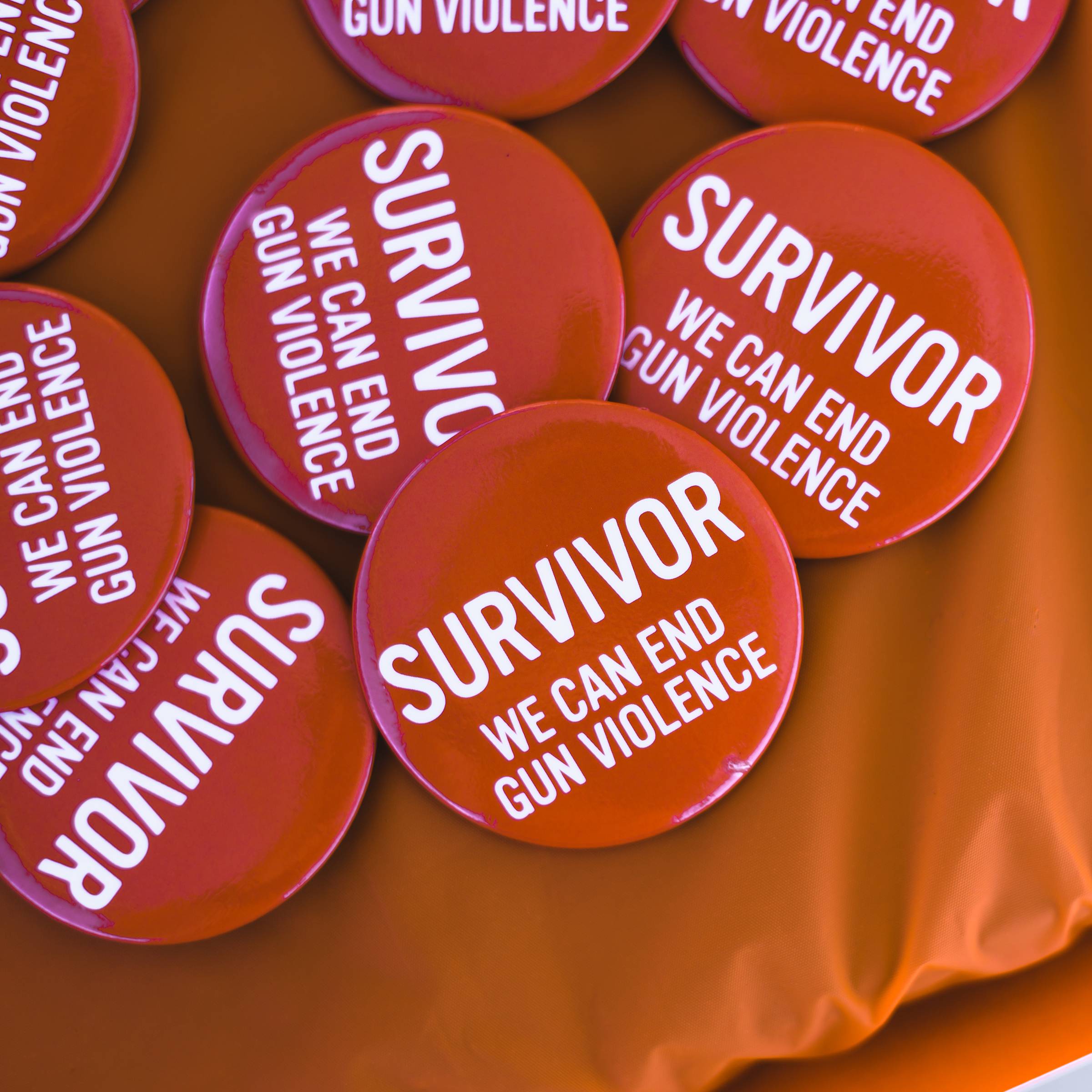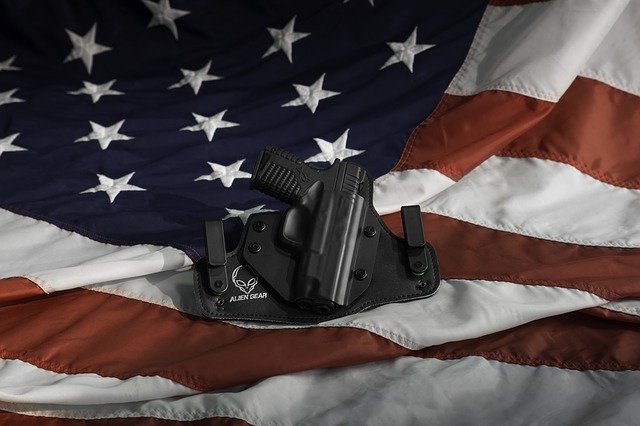
We discussed how nra women can protect themselves, and what we can learn about their leadership forum in the first section. Then, we talked about the wilderness retreat, a forum where women can share experiences and knowledge, and a wilderness escape that puts them in the position of a leader. This article will discuss how these women can grow as leaders. Keep reading if youre interested in joining NRA!
The protection of women under nra
NRA wants to change all this by launching an online channel to encourage women to have guns. The NRA hopes to grow its membership and shift the gun control debate to emphasize women's self-protection rights. But is this really going to be of any benefit to women? It is possible for women to safely use guns. The answer is Yes.
Gallup polled 23% of women who own guns in 2011. This is significantly higher than the 13% recorded for 2005. It's possible that women's gun ownership levels will continue to grow, even though no updated statistics are available. After all, women are not as strong as men, and gun ownership will likely help them win hand-to-hand fights. It will certainly be interesting to see what the future holds.

Images of women from nra
Although the NRA claims to be an organization that empowers women and promotes its image of women in promotional materials, it is revealingly sexist. The organization's promotional materials include images of young women learning self defense in a gym or being pickpocketed. The seminars are led only by men. It appears like the NRA is sending the message to women that they are the only victims. This is not a healthy message for gun organizations.
NRA also uses scare tactic to promote its message about women as victims. In order to convince women that they are the ones fighting against violence, they make it seem like they are victims. Their message is far more complex. These women don't fall prey to the exploitation of others. They are not simply weak in nature but often unarmed.
Forum for women in leadership at nra
NRA Women's Leadership Forum Summit - A fun weekend for girls in a gorgeous location. It features inspiring speakers and thrilling cultural adventures. Dana Loesch (pictured), Emily Miller (pictured), and Carly Fiorina are some of the other attendees. It's a great way to network with other women who share a passion in protecting freedom. All NRA members are welcome to attend this event as it is a women-only event.
The NRA Women's Leadership Forum Luncheon & Auction was started by a small group women who wanted to address gun violence. It has since grown into the most important women's event in the country. The auction offers everything you need, from exciting firearms to life-changing hunting trip experiences. The amazing selection of items on sale will be a delight to you. The auctions offer a wide range of amazing items that you will love. You can even bid on your dream item at a ridiculously low price!

The wilderness escape of the nra females
NRA Women's Wilderness Escape, a four-day adventure in the woods designed specifically for women, is a unique experience. The trip takes place at the NRA Whittington Center in Raton, New Mexico, and includes exposure to a variety of shooting sports and outdoor activities. Kristy Titus from Pursue the Wild is the organizer of the trip and acts as mentor for the participants. Although there are no prerequisites to attend, participants should be at least 18 years old.
Getting started in shooting sports or learning outdoorsmanship can be intimidating, especially for women. Although women can still benefit from the knowledge of experienced shooters, it can be challenging to learn new skills and unwind when you are surrounded by men. NRA Women's Wilderness Escape is a program that focuses exclusively on women and offers support for novice shooters. The retreat is open to women from all levels of skill and takes place twice a year.
FAQ
Can I take my dog along?
In most states, dogs cannot be hunted together. Some states, however, allow this practice. For more information, contact your state's department for natural resources.
In addition, some hunters do bring their pets along. Some people believe that having their pet with them helps them relax while hunting. Others believe that a companion helps them avoid getting lost.
However, having a pet can pose problems. Dogs will chase away animals from their hunter. Wild animals might attack the pet.
What kind of training do I need to become a hunter? What's the time commitment?
To learn how to hunt, you must attend a basic course. This course teaches you about different types of game and gives you information about the laws surrounding hunting.
You will learn how firearms and ammunition should be handled. These items will be safely used.
This course can take anywhere from two to three weeks. Some courses can be taken online. Other courses are available in person.
Passing a written test is necessary to obtain a license. You may also need to show that you have completed a hunter education course.
How much does it cost for me to become licensed? What if there isn't enough money?
The cost of licensing varies by state. It costs anywhere from $20 up to more than $100.
If you do not have enough money, you may be able to apply for a loan or grant.
A tag must be purchased in addition to the hunting fee. The price of tags varies depending on the game you are hunting.
Tags are available to deer, elks and bears as well waterfowl, upland bird, and furbearers (like foxes).
You may need to register with the Department of Natural Resources in some states before you can get a license.
To ensure that you comply with all regulations, it is important to check the local laws before you start hunting.
How many people in the US rely on hunting?
The United States is home to more than 300 million hunters. This means that hunters are twice as numerous as those who live in New York City.
Hunting is an American pastime that dates back centuries. Today, however, hunting for sport is less popular than ever. The U.S. Fish & Wildlife Service (FWS), only 2 percent of the population hunts regularly. The percentage of young adults hunting is even lower.
While hunting may seem like something that is long gone, it is still popular among the older generation. According to a recent survey, 68 percent of boomers intend to hunt again after they retire. Hunting is for them a way to enjoy the outdoors and connect with nature.
For younger generations, however, hunting isn't necessarily a priority. According to the National Shooting Sports Foundation (NSSF), only 18% consider themselves to be avid shooters.
FWS is determined to keep America's wild spaces open to everyone.
The agency's "Wild Lands” campaign was launched in 2014 to increase awareness about public lands throughout the country. The goal is to educate people about the importance of preserving these areas and encourage them to visit them.
The Wild Lands initiative encourages conservation efforts. FWS and National Rifle Association formed a partnership to create Project Gunter, a youth-oriented shooting sports program. This program teaches kids how firearms can be safely handled and helps them to develop skills such safety and marksmanship.
Project Gunter now includes women and minorities. This has led to more children learning how to use guns and becoming active participants in wildlife conservation.
What is the most crucial part of hunting animals?
How do we get there Start by learning how you can shoot accurately. Then, it is important to know how to hit the target. And finally, we must learn how to make adjustments when we miss.
Knowing what you are doing is the most important aspect of hunting. You will never be able to improve if your knowledge is not up-to-date. You might think you've improved because you've gotten better shots, but if you didn't know what you were doing before, those shots won't mean anything. This is also true for hitting targets. If you don’t get why you’re not succeeding, you won’t be able to change. That means you need to know what you're aiming for.
This is where knowledge really comes into play. Understanding the animal you are hunting will determine your ability to hunt it. If you go out into nature, you will want to be as knowledgeable as possible about the animals you come across. You need to be able to identify their habits, behavior, and personalities. This way, you can plan your hunts so they go smoothly and efficiently.
It is important to always learn from other people who have achieved success in the past. This topic is covered in many books. In addition, there are websites like www.thehuntingzone.com that offer great tips and advice. Finally, there are people who have years of experience behind them. They can help you to identify what works well and what doesn’t.
Once you have learned everything, it is time for practice. Practice makes perfect. However, you shouldn't just practice until you feel good. Instead, practice until you feel confident. Confidence is a way to relax and enjoy the process. Relaxation allows you to focus on the task at hand. Concentration will allow you to seize every opportunity. You can only be relaxed and focused when there are opportunities.
Once you are ready to put your new skills into practice, it is time to test them. Don't worry if you fail. You can keep improving and practicing. You'll eventually be successful.
Statistics
- Licenses dropped from a peak of roughly 17 million in the 1980s to 15 million in 2019, according to The Seattle Times. (stacker.com)
- - Percent of residents with paid hunting licenses: 0.7%- (stacker.com)
- - Percent of residents with paid hunting licenses: 0.7%- (stacker.com)
- According to the Wildlife Restoration Act, passed in 1937, most of the state conservation efforts are funded through hunting and fishing license sales and firearms sales. (stacker.com)
External Links
How To
How to hunt wild hogs
Large animals, wild hogs can be found across North America, Africa and Asia. Wild hogs are omnivores; they eat vegetation and small animals such as rabbits, mice, birds, insects, and fish. They usually eat at nights. After six months of gestation, one piglet is born. A sow has one child every two years. Although wild hogs are usually solitary, they can sometimes live in groups called herds.
Wild boars average a weight of 200 pounds (90kg). Their head length is approximately 10 to 12 inches (30-25 cm), and their bodies range from 20 to 30 in (50-75cm). Wild pigs are long-legged, have broad shoulders and short tails. Their skin is covered with a thick layer fat.
They have excellent senses of smell and hearing. They use their senses to identify danger and find food. They can run upto 35 MPH (56 Km/h) and jump upto 15 Ft (4 m). They have sharp teeth. They can be aggressive in defending themselves from predators.
Hunting wild Hogs can be difficult as they are agile, intelligent, and elusive. Hunting wild hogs requires careful observation. Hunters should not shoot too quickly. The animal might escape. Hunting too early can cause the animal to escape.
There are many methods of hunting wild hogs. The most common is shooting. This involves hunting the animal down and waiting for it to come within range. Another method is trapping. Setting traps near water sources is another method of trapping. Traps often include a scent lure like corn meal mixed with peanut butter. When the trap is sprung, the hunter shoots the trapped pig.
Snaring is another option. The pig is caught using snaring, which uses a noose out of rope. The best time to catch a pig is during mating season.
You can also use poisoning, spearing, or netting. Netting and spearing involve placing a net or spear through the pig's neck to stop its breathing. Poisoning involves injecting poison into the pig's body.
Hunters who wish to hunt wild hogs need to be prepared for the cold weather. Hunting in colder areas may require the use of snowshoes. Hunting dogs may be used to track animals.